1998-04-13 10:27
[ APL to Expand North American Domestic Fleet by More Th... ]
APL to Expand North American Domestic Fleet by More Than 2,000 53-Foot
Containers
Customer demand within North America for the high capacity 53-foot con
tainer continues to climb, says APL, operator of the most extensive st
acktrain system in north America. So the company that first introduced
the big “domestic” box in the 1980s plans to bring on as 2,400 more
53-foot units this year, allong with matching chassis.
“APL, now part of the glonal NOL group, remains dedicated to the dome
stc stacktrain business in North America as one of our fastest-growing
, most successful business segments,” says Bob Papworth, vice preside
nt of staktrain services. “The 53-foot container is the size the cust
omer wants, and our strategy is to anticipate and meet that demand.”
The scheduled expansion will bring APL’s fleet of 53-foot containers
to 5,100 units, already the largest among North America stacktrain ope
rators. And Papworth says APL has additional plans to increase its fle
et of 53s to approximately 50% of its total domestic-container fleet b
y late in the year 2000.
By the end of this year, the company’s combined domestic fleet of 45-
, 48-, and 53-foot containers will consist of approximately 20,000 con
tainers. Its global feddt, including 20- and 40-foot containers used i
n international service, will consist of 253,000 units.
The appeal of the longer box, says Papworth, results from the fact tha
t it offers 8 to 10 per percent greater cubic capacity than the 48-foo
t container. “This means manufacturers and retailers of low-density,
cubic commodities can load more product to a single container, reducin
g overall loading and distribution costs.” Examples of products that
benefit include retail store merchandise such as garments and textiles
, electronics, appliances, and footwear, as well as carpeting, househo
ld goods and paper products, cereals and other food preparations, tire
s, etc.
He also noted that using the larger capacity box allows customers to m
ove product in a way that minimizes additional congestion in an alread
y heavily-utilized domestic railway system, helping to ensure the syst
em’s efficacy.
The company has taken delivery of the initial 500 units in recent days
in los Angeles. “This location was selected because of its large loc
al consumer market for Asian imports,” Papworth said. “For custimers
who distribute in this market and also need to deconsolidate and tran
sload here for inland distribution, the 53-foot container cna provide
maximum efficiency.”
With demand for domestic containers strong, Papworth explained that ex
panding the size of the equipment fleet is only one-half of the formul
a for satisfying customers. “Effective equipment management is also c
ritical, or the boxes cannot be dispatched to customers when needed,”
he said.
He noted that APL has managed container assets since the advent of con
tainerization and has developed effective global equipment-management
systems to ensure their availability. “We have decades of experience
in balancing container deployments in multiple traffic lanes, tracking
them electronically, repositioning them to customer locations, and ke
eping them in good condition for maximum utilization. this means we ca
n locate and dispatch the specific equipment type and size needed by t
he customer, ant the time and place it is needed.”
Containers
Customer demand within North America for the high capacity 53-foot con
tainer continues to climb, says APL, operator of the most extensive st
acktrain system in north America. So the company that first introduced
the big “domestic” box in the 1980s plans to bring on as 2,400 more
53-foot units this year, allong with matching chassis.
“APL, now part of the glonal NOL group, remains dedicated to the dome
stc stacktrain business in North America as one of our fastest-growing
, most successful business segments,” says Bob Papworth, vice preside
nt of staktrain services. “The 53-foot container is the size the cust
omer wants, and our strategy is to anticipate and meet that demand.”
The scheduled expansion will bring APL’s fleet of 53-foot containers
to 5,100 units, already the largest among North America stacktrain ope
rators. And Papworth says APL has additional plans to increase its fle
et of 53s to approximately 50% of its total domestic-container fleet b
y late in the year 2000.
By the end of this year, the company’s combined domestic fleet of 45-
, 48-, and 53-foot containers will consist of approximately 20,000 con
tainers. Its global feddt, including 20- and 40-foot containers used i
n international service, will consist of 253,000 units.
The appeal of the longer box, says Papworth, results from the fact tha
t it offers 8 to 10 per percent greater cubic capacity than the 48-foo
t container. “This means manufacturers and retailers of low-density,
cubic commodities can load more product to a single container, reducin
g overall loading and distribution costs.” Examples of products that
benefit include retail store merchandise such as garments and textiles
, electronics, appliances, and footwear, as well as carpeting, househo
ld goods and paper products, cereals and other food preparations, tire
s, etc.
He also noted that using the larger capacity box allows customers to m
ove product in a way that minimizes additional congestion in an alread
y heavily-utilized domestic railway system, helping to ensure the syst
em’s efficacy.
The company has taken delivery of the initial 500 units in recent days
in los Angeles. “This location was selected because of its large loc
al consumer market for Asian imports,” Papworth said. “For custimers
who distribute in this market and also need to deconsolidate and tran
sload here for inland distribution, the 53-foot container cna provide
maximum efficiency.”
With demand for domestic containers strong, Papworth explained that ex
panding the size of the equipment fleet is only one-half of the formul
a for satisfying customers. “Effective equipment management is also c
ritical, or the boxes cannot be dispatched to customers when needed,”
he said.
He noted that APL has managed container assets since the advent of con
tainerization and has developed effective global equipment-management
systems to ensure their availability. “We have decades of experience
in balancing container deployments in multiple traffic lanes, tracking
them electronically, repositioning them to customer locations, and ke
eping them in good condition for maximum utilization. this means we ca
n locate and dispatch the specific equipment type and size needed by t
he customer, ant the time and place it is needed.”
많이 본 기사
- 야권 안전운임제 재도입 추진…정부·수출기업 난색캐나다 항만 파업 심화…西밴쿠버·東몬트리올 봉쇄수요 강세에 컨운임지수 3주 연속 상승…동남아 두자릿수↑부산신항웅동개발, 현대글로비스에 웅동지구 2단계 물류부지 공급KSS해운, 3분기 영업익 280억…31%↑국내 건설사, 베트남 하이퐁에 복합물류센터 건설대선조선, 그리스 선사에 1000TEU급 컨테이너선 1척 인도스마트 보세운송 신고·관리서비스로 항만물류 활성화 힘 보탠다中 상하이항, 올해 9개월 컨처리량 3910만TEU ‘역대최대’“입거수리 영향” 대한해운, 3분기 영업익 9% 감소한 678억원
- BDI 1692포인트…중대형선 시장서 물동량 강세 이어가프랑스 CMA CGM, 3분기 순이익 3.8조…전년比 7배↑정기선 HD현대 부회장, 1년만에 수석부회장 승진광양 율촌산단에 친환경 선박 전문화 공장 세운다BPA-해수부, ‘해외물류센터’로 중소·중견기업 수출 돕는다IPA, 컨터미널 운영사와 내년 운영 방향 청사진 공유YGPA 박성현 사장, ‘아동학대 예방’ 릴레이 참여UPA·화주물류협의회·탱크터미널협의회, 물동량 증대 방안 모색CJ대한통운, 美 조지아 콜드체인 물류센터 개소…시장 공략 가속화DHL코리아, 기아와 맞춤 친환경차 개발 ‘맞손’





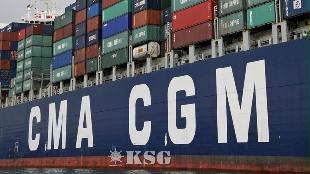

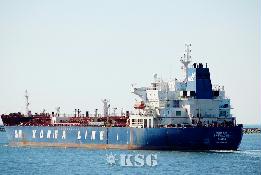
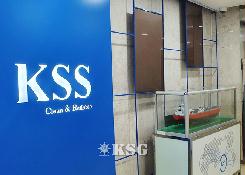
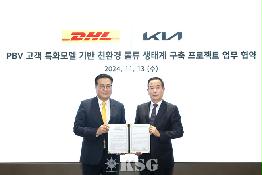
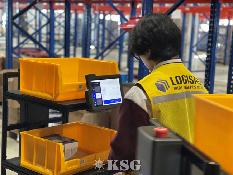
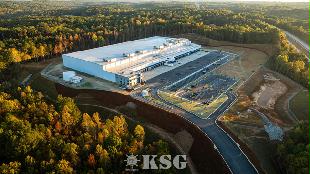
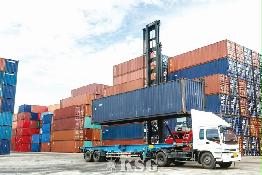

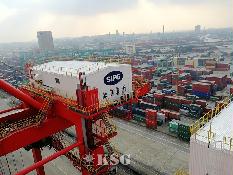

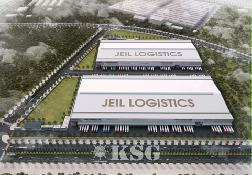
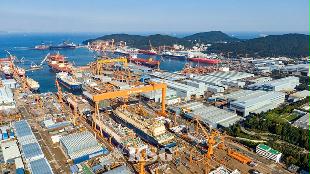


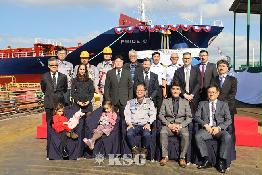
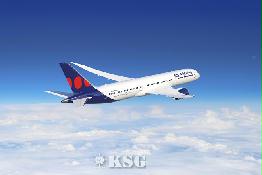

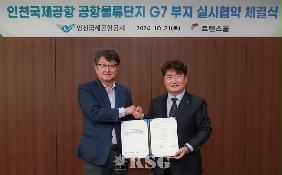

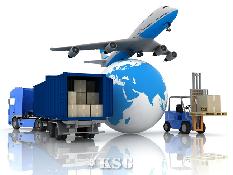

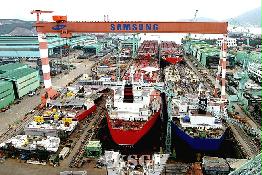


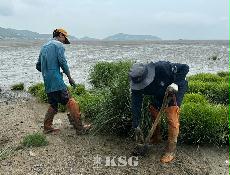



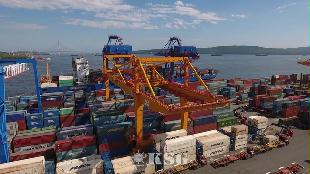
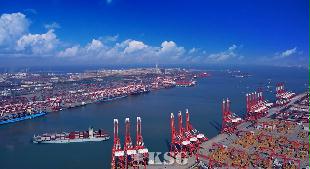

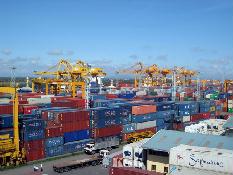






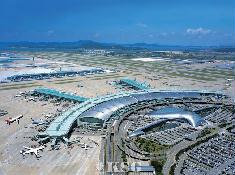
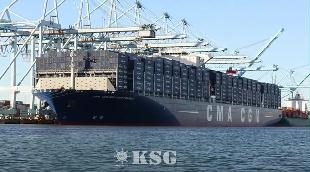

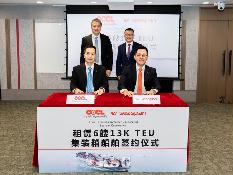
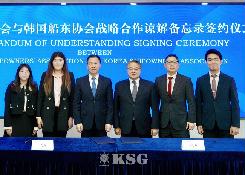





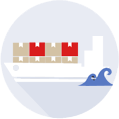
















0/250
확인